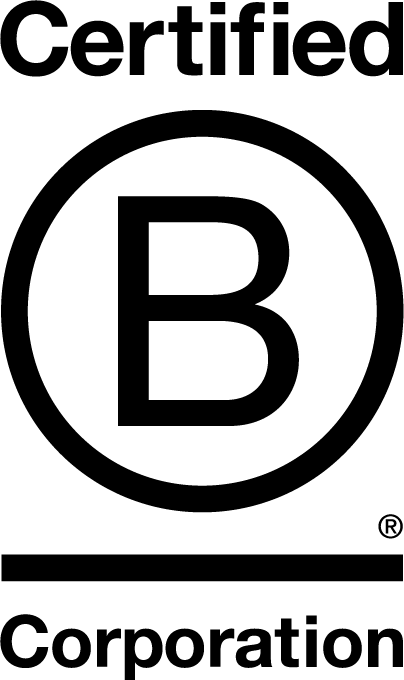I love explaining usability. Of course, different people define it differently, but there’s always one aspect in common.
Usability is about effectiveness, efficiency and the overall satisfaction of the user.
usability.gov
Usability can be described as the capacity of a system to provide a condition for its users to perform the tasks safely, effectively, and efficiently while enjoying the experience.
Wikipedia
The focus of usability is on the quality of the user’s experience. As a user myself, I think that’s pretty great.
There is SO much to usability. There’s the aesthetics: fonts, color, spacing, etc. but that’s just the surface. There’s the psychology of it, understanding how users think, their biases, and habits. There’s the arm of accessibility, considering a user’s biological capacity for using the technology and information. Then there’s the assessment piece: talking to users and understanding their preferences and why. With so much to unpack, it should come as no surprise that I’m making September the #monthofusability.
“But Jen,” you say, glancing at your calendar. “It’s already September 19!”
Yes, you are correct, I am unforgivably late to get into this. I’ll make it up to you with a bunch of resources.
- Follow Marit Digital on LinkedIn to get tips over the #7daysofusability.
- Join me for a new class, Usability 101: Crafting Excellent Digital Experience next Wednesday at Blush Cowork.
- Check out the class materials which I’ll share on the Classes & Training page and via the next newsletter.
Tips & Tools
I am NOT going to give you a tool for usability testing.
This is not something that can be figured out in a Chrome extension. There are a lot of different ways to conduct usability tests: in-person vs. remote, task-based vs. experimental, A/B tests, eye-tracking, etc. The right test depends on what you want to learn and the kind of data you want to collect.
You’re also not going to find a free tool that will suffice for what you need. Be aware that usability testing is a big investment in money and time. It’s possible to do usability testing without a specific usability tool, however, you’ll still need people who know what they’re doing to set up and run the test, and resources like recording tools at a minimum.
Stat of the Week
20 seconds
The brain is well-known to only hold ~7 pieces of information at a time, but did you know even those fade from short-term memory after about 20 seconds? [1]
News from the Wire
My recent articles on WRAL TechWire. See all.
[1] – https://www.nngroup.com/articles/short-term-memory-and-web-usability/

